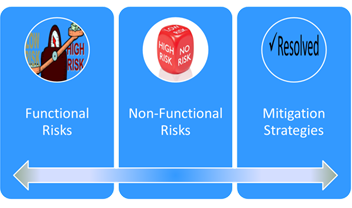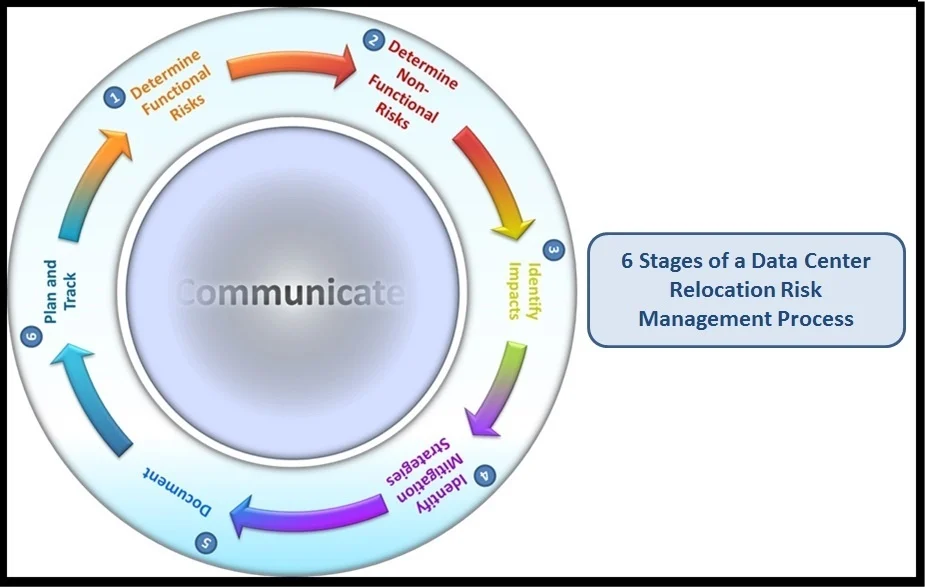Menu
- 130 King Street West, Suite 1800
- P.O. Box 427
- Toronto, ON, Canada M5X 1E3
- (416) 865-3392
- info@triparagon.com

Data Center Relocation Risk Assessment Process Summary
Due to the high stakes involved in a move out of a Data Center (DC) to a new location, a Risk Assessment is highly recommended prior to the move being initiated. The Data Center Relocation “Risk Assessment” Process identifies what can go wrong and the steps identified to mitigate the potential issues.
Examples of some of the issues that can be encountered include:
Usually, we think about the TECHNICAL RISKS or FUCTIONAL RISKS that can be encountered when making a move from one data center to another. There are a host of NON-TECHNICAL or NON-FUNCTIONAL issues that must also be considered and addressed to mitigate and minimize the potential for serious data center relocation delays.
Mitigation strategies must be developed for each potential risk, both technical and non-technical, to ensure that the data center relocation takes place effectively, efficiently and within the planned time frame.

There are six stages in the Data Center Relocation “Risk Assessment” Process:
The information identified and documented in the six stages described above serve as preparation for the mitigation actions to be invoked for resolving any risks that evolve to real issues during the execution of a data center relocation, ultimately leading to a successful and timely relocation.